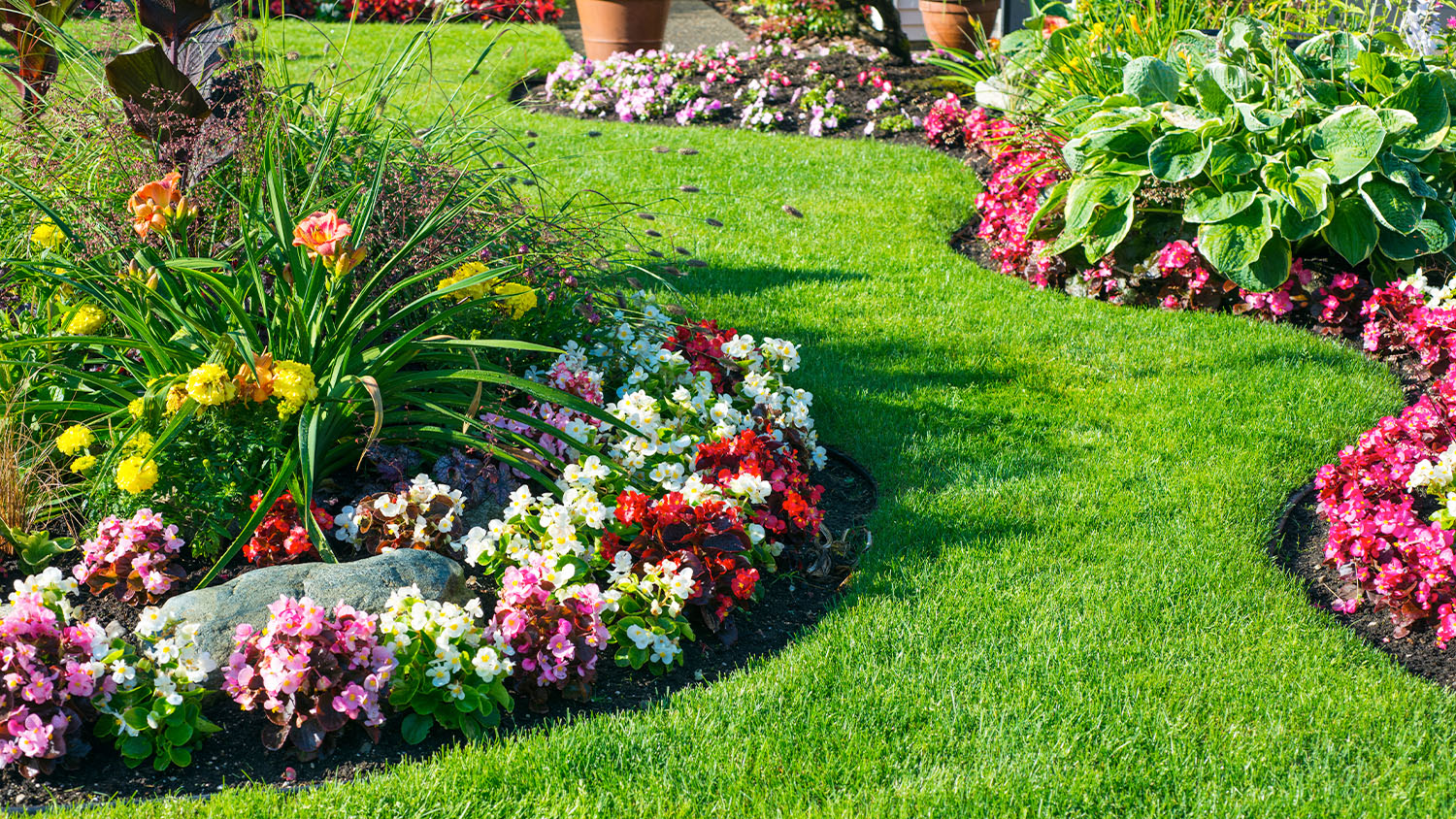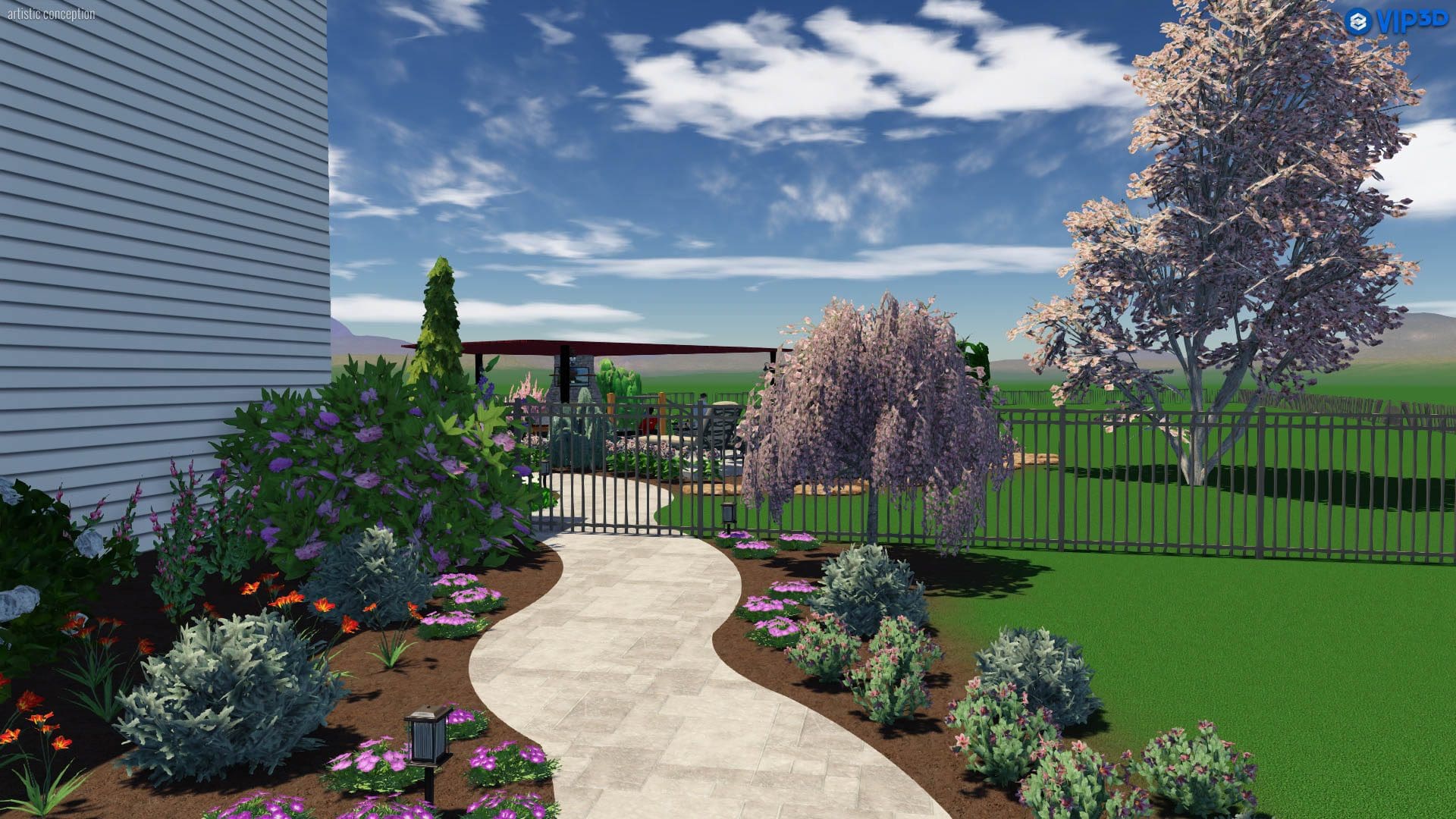The Ultimate Guide To Landscapers
The Ultimate Guide To Landscapers
Blog Article
Some Known Facts About Landscapers.
Table of ContentsLittle Known Questions About Landscapers.Not known Facts About Landscapers10 Easy Facts About Landscapers ExplainedThe 9-Minute Rule for LandscapersSome Known Details About Landscapers
Given that they are specialists, they understand specifically what to do and just how to handle your landscape appropriately. They have the right devices and understand the appropriate materials for the job.They recognize what the best procedures are to have the optimal results. If you desire a cost-effective beautiful landscape job, you can have the expert landscaper do the spending plan setup for you. You only have to inform them the details regarding exactly how you desire your area to resemble and the spending plan you have for the project.
When making a residential landscape, one of the most crucial step is to put a strategy on paper. Creating a plan of attack will conserve you money and time and is more probable to lead to a successful layout. A plan of attack is created via the 'style process': a step-by-step technique that considers the environmental conditions, your needs, and the components and principles of design.
9 Easy Facts About Landscapers Explained
The five steps of the design procedure consist of: 1) conducting a website inventory and analysis, 2) identifying your needs, 3) developing useful diagrams, 4) developing conceptual layout plans, and 5) drawing a final style strategy. The first 3 steps develop the aesthetic, practical, and gardening requirements for the design. The last two steps after that use those needs to the creation of the final landscape plan.

The functional representation is then made use of to situate the activity spaces on the site and from this representation a theoretical plan is established. The last step is a last style that consists of all the hardscape and growing details that are needed for setup. Throughout the layout process there are 10 crucial things to think about: for plant choice and task place by considering what you want and require to aid determine forms and organize rooms by assigning activity locations and linking with components for both the atmosphere and the customer by using massing and layering strategies such as shift locations and prime focus in the products, the colors, and the surface area structures for the development and upkeep of plants by using lasting style methods A comprehensive inventory and analysis of the website is crucial to establish the ecological problems for plant growth and the most effective use of the website.

Some Known Details About Landscapers
Topography and drain need to likewise be noted and all water drainage troubles dealt with in the proposed design. A good style will move water far from your home and re-route it to other areas of the lawn. Environment issues begin with temperature level: plants should be able to endure the average high and, most notably, the typical reduced temperatures for the area.

Sun/shade patterns, the quantity and length of direct exposure to sun or color (Number 1), develop microclimates (in some cases called microhabitats). Recording site conditions and existing greenery on a base map will reveal the place of microclimates in the backyard. Plants generally come under 1 or 2 of 4 microclimate categories-full sun, partial shade, shade, and deep color.
Number 1 - Landscapers. Sunlight and color patterns. Credit: Gail Hansen, UF/IFAS It is vital to keep in mind all the existing problems on a precise base map when doing the site stock visit the site (Figure 2). Utilities such as high-voltage line, septic containers, underground energies and roofing system overhangs establish plant location. Make use of a property surveyor's plat of your building for the limits and area of your home.
Figure out the time and cash you are eager to put right into maintaining the plants and hardscape-be reasonable about your intents and ability. Recommended use areas. Credit Report: Gail Hansen, UF/IFAS There are numerous different landscape style motifs- from basic to facility, but it is practical to select one to assist your plant and product option.
The smart Trick of Landscapers That Nobody is Talking About
Lots of individuals discover it useful to search in gardening magazines and books for ideas. This is an excellent start, yet be aware that the yards in the photos were selected because they are superior examples. Look at the photos with a critical eye to collect concepts that you can adjust to your enthusiasm level, your budget plan and your site.
Choose if you intend to open your yard, close your yard, or a little of both, to these sights. To put it simply, do you want the yard to enclose the area around you and connect mainly to the home, or do you desire the yard to open views and look external, associating with the environments? This will certainly give you a starting factor to think of a style.
This is called "sense of place", which means check this site out it fits with the environments. There are both type styles and style motifs. Every yard ought to have a type theme, however not all gardens have a style theme. Actually, numerous residential gardens have no certain style except to mix with your home by duplicating information from the design such as materials, color, and type.
In a type theme the company and form of the spaces in the backyard is based either on the shape of the home, the form of the areas in between your home and the residential property borders, or a favored form of the home owner. The kind motif determines the form and company (the layout) of the spaces and the links between them.
Indicators on Landscapers You Need To Know
Design is normally the primary source of a style, yet styles can additionally stand for a time, a culture, an area, or a feeling, such as calmness or peace. The benefit to using a traditional design theme is the well established collection of forms and components have historically functioned well with each other and endured the examination of time.
Official architectural and yard designs that can be used for motivation include French, Spanish, Italian, and Middle Eastern. Less official styles consist of Asian, English, and American. Design styles can additionally relate to the planting plan and may include tropical, desert, meadow, woodland, marsh, or seaside plantings. Themes can be as easy as a shade mix or plants with a distinctive personality- such as grasses-used continuously in the composition.
Report this page